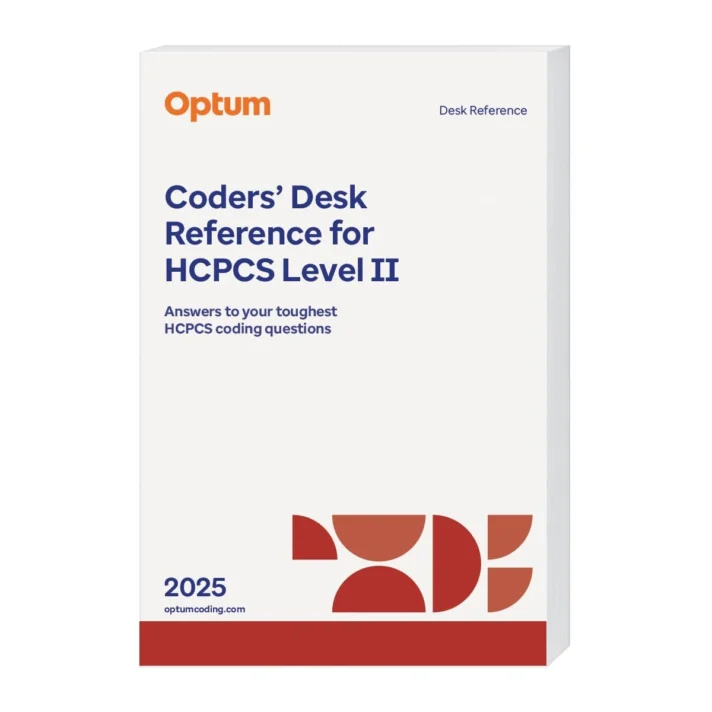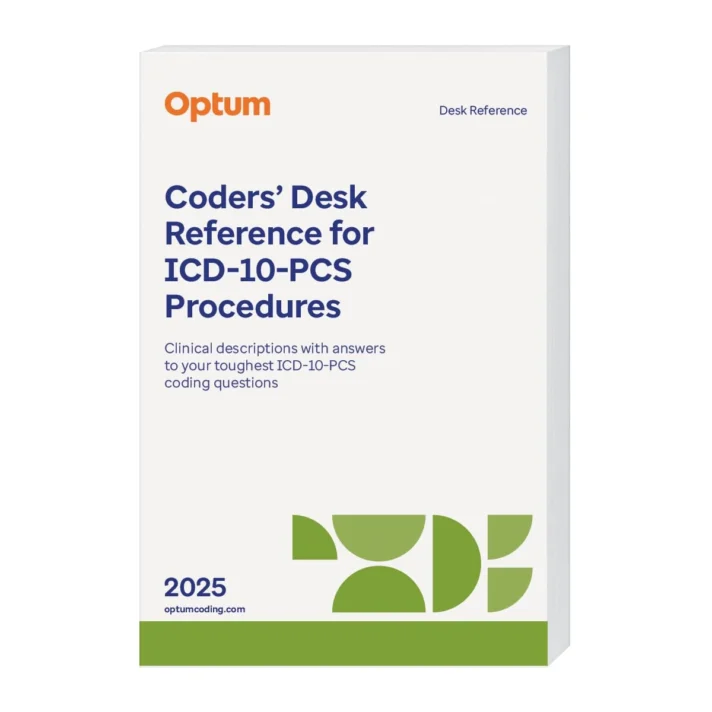Description
The Coders’ Desk Reference for ICD-10-CM Diagnoses provides thousands of clinical descriptions of diseases, disease processes, injuries, poisonings, and other conditions to help both novices and seasoned coders attain the knowledge and skill necessary to accurately identify and assign the most specific ICD-10-CM diagnosis code for each documented condition.
With these clinical definitions and focus points, you can reduce coding errors and improve coding confidence by gaining a better understanding of the clinical meanings behind the codes.
Key Features and Benefits:
- Optum Edge – More clinical descriptions and focus points. Expanded with clinical descriptions and focus points for new and changed 2025 codes as well as existing ICD-10-CM codes.
- Optum Edge – Illustrations at the code level. Often an illustration is needed to enhance understanding. Illustrations of pertinent anatomy and pathological changes related to the disease process are included as a visual aid.
- Optum Edge – Code level clinical description. Code level descriptions are provided for select diseases, injuries, symptoms, other factors influencing health status, and other reasons for contact with healthcare providers.
- Optum Edge – Clinical focus points. Improve overall coding accuracy with additional information for complex diagnoses and injuries that require an understanding of related codes and conditions that might better describe the documented condition.
- Alphanumeric organization by ICD-10-CM code. Locate codes quickly with a resource developed to work hand-in-hand with your Optum ICD-10-CM codebook.
- Enhance understanding of ICD-10-CM. Understanding the clinical condition captured by each code is essential to correct code assignment, and this resource is designed to explain and highlight differences between codes that may appear similar at first glance.
- Designed for both novices and seasoned coders. Coders of every skill level find that these clinical descriptions enhance understanding of ICD-10-CM.




